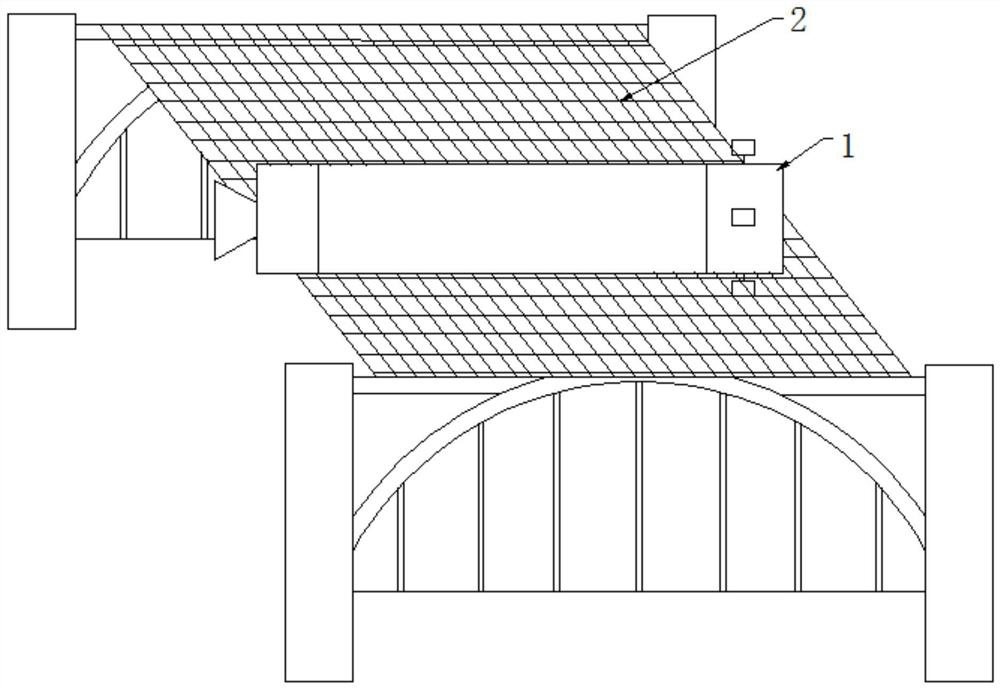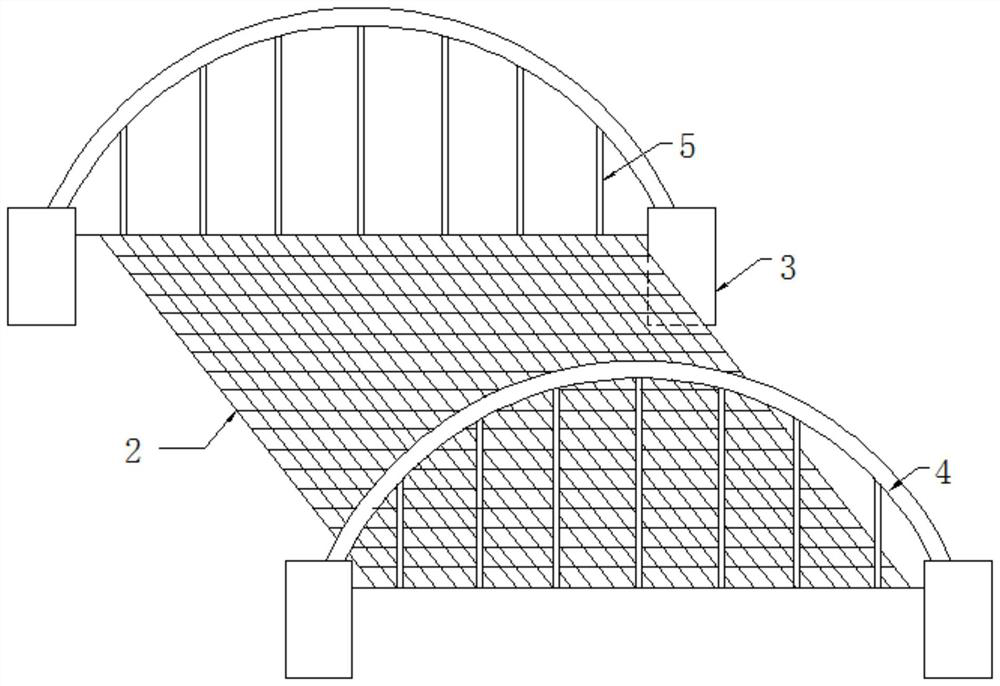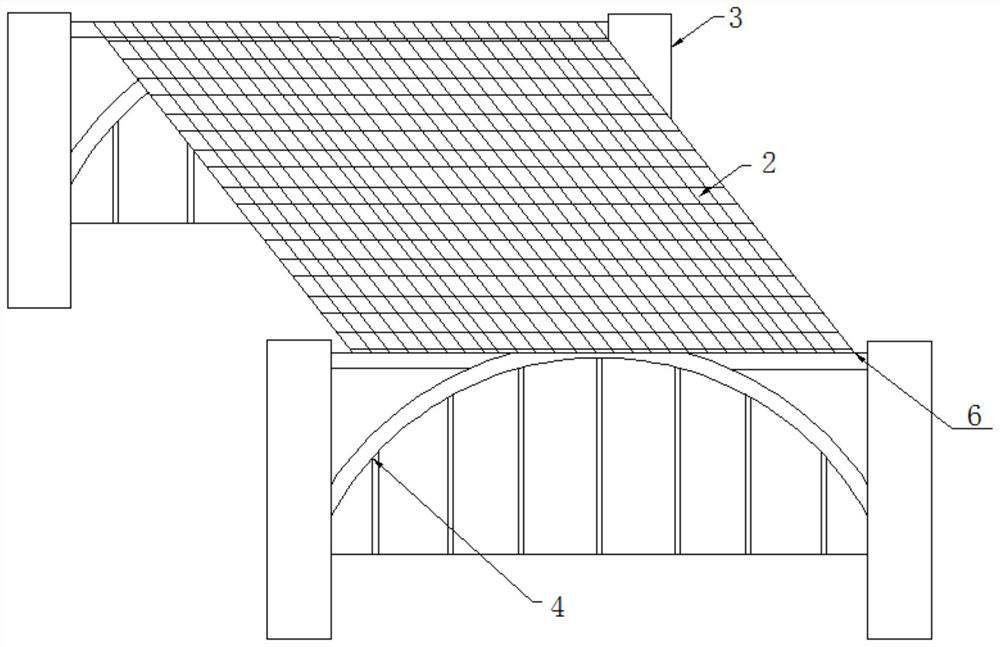Carrier rocket sublevel recovery landing system and method
A carrier rocket and landing system technology, which is applied in the field of carrier rocket sub-stage recovery and landing system, can solve problems such as the loss of carrier rocket carrying capacity, and achieve the effects of avoiding the decline of carrying capacity, improving carrying capacity, and reducing mass
- Summary
- Abstract
- Description
- Claims
- Application Information
AI Technical Summary
Problems solved by technology
Method used
Image
Examples
Embodiment 1
[0052] The main problem of vertical landing recovery technology is that the loss of launch vehicle capability is relatively large. In terms of payload loss, in order to achieve reusability and manned safety, the payload of the space shuttle has been reduced by almost 50%; if the Angara series uses the Baikal reusable sub-stage, its payload will be larger than that of the full one Sexual use decreased by 43%. It can be seen that in order to achieve reusability, the loss of rocket payload carrying capacity is quite staggering.
[0053] For sub-stages with landing legs installed, the reason for the loss of carrying capacity is the high mass of the landing legs, with at least four support frames. In the launch ascent section, the support is a burden, completely useless, and adds additional aerodynamic resistance; in the return section, the landing legs are opened and locked, and then the landing is cushioned, and then inspected, refurbished, and replaced, and continue to be reuse...
Embodiment 2
[0101] The present embodiment provides a recovery and landing method for the launch vehicle sub-stage 1, comprising the following steps:
[0102] The rocket sub-stage 1 is separated from the rocket body, combined Figure 8 , after the rocket takes off, the rocket sub-stage 1 is separated from the rocket body at point A, and the rocket body continues to fly into orbit;
[0103] The rocket sub-stage 1 rushes up and enters the atmosphere downward under the action of inertia, the aerodynamic rudder 7 is opened, and the RCS reaction control system 9 makes the rocket sub-stage 1 turn over and aim at the landing target. In this step, the RCS reaction control system 9 is mainly used to make the Rocket substage 1 flipped so that the tail is facing forward and aimed at the landing target, ref Figure 8 , the pneumatic rudder 7 is deployed at point B;
[0104] After entering the atmosphere, the thrust vector control device, the RCS reaction control system 9 and the aerodynamic rudder 7...
PUM
| Property | Measurement | Unit |
|---|---|---|
| Length | aaaaa | aaaaa |
| Width | aaaaa | aaaaa |
Abstract
Description
Claims
Application Information
 Login to View More
Login to View More - R&D
- Intellectual Property
- Life Sciences
- Materials
- Tech Scout
- Unparalleled Data Quality
- Higher Quality Content
- 60% Fewer Hallucinations
Browse by: Latest US Patents, China's latest patents, Technical Efficacy Thesaurus, Application Domain, Technology Topic, Popular Technical Reports.
© 2025 PatSnap. All rights reserved.Legal|Privacy policy|Modern Slavery Act Transparency Statement|Sitemap|About US| Contact US: help@patsnap.com



